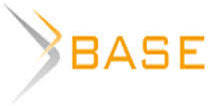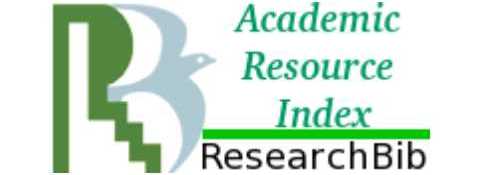The international educational tourism market in the estimates of the OECD and the EU
The article considers educational tourism as part of international academic mobility. The approaches of foreign authors to this construct are analyzed through the prism of studying foreign students and academic mobility flows, and attention is focused on the temporary factor of educational tourism.
Based on empirical research, analysis of quantitative data on statistics of foreign students, with an attempt to identify a segment of short-term mobility, it is assumed that experts, showing the scale and globality of the educational tourism market, most likely do not take into account its temporal aspect, characterizing the flows of student mobility in general. This approach to the study of educational tourism can be traced in a huge number of academic studies by foreign authors presented on international platforms of scientific publications. Despite the fact that mobile international students are characterized in the tourist perspective as student tourists, at the same time, in tourism statistics they are not considered as tourists in terms of their stay in another country. This contradictory situation leads to the fact that the importance of this type of tourism is ignored.
In search of a methodological understanding of the conceptual foundations of educational tourism, based on open sources of education statistics from the OECD and the EU, the article presents an analysis of the flows of academic mobility of foreign students, which will become the starting point for future research on educational tourism, the development of suitable models for the transformation of the international tourist and educational landscape, the transition to a further qualitative assessment of the understanding of mobility, analysis of the causes at the micro level in the context of the motives and goals of educational travel.
Klimova, T. B. (2024), “The international educational tourism market in the estimates of the OECD and the EU”, Research Result. Business and Service Technologies, 10 (2), pp. 4-15. DOI: 10.18413/2408-9346-2024-10-2-0-1
















While nobody left any comments to this publication.
You can be first.
Статья выполнена в рамках прохождения научной стажировки в НИУ «ВШЭ», Департамент мировой экономики. Тема научной стажировки «Функционирование и развитие рынка образовательного туризма в контексте трансформирующейся экономики»